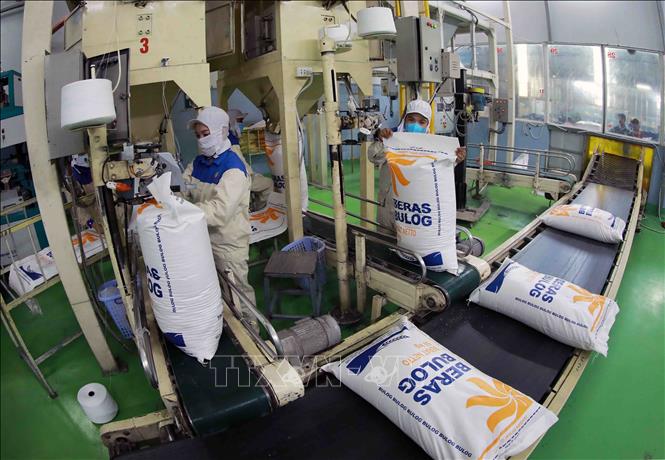
Vietnamese rice industry experts believe that businesses need to have appropriate production and business plans, and consider this as a driving force to develop new markets.
Mr. Nguyen Vinh Trong, Sales Director of Viet Hung Company Limited (Tien Giang), commented that the export price of rice has decreased sharply because the export market has not improved, with the Philippines buying in small amounts and Indonesia limiting imports. Meanwhile, at the peak harvest time of the Winter-Spring crop, rice exporting enterprises are still waiting and monitoring price developments in the market.
Mr. Pham Thai Binh, Chairman of the Board of Directors of Trung An High-Tech Agriculture Joint Stock Company, said that the inventories of traditional rice importing countries of Vietnam are at high levels, causing them to not rush to buy. In addition, information about abundant supply has increased pressure on rice prices.
According to the Ministry of Agriculture and Rural Development, rice output in 2025 is estimated at 43.143 million tons, down 323,000 tons compared to the same period in 2024. The Mekong Delta alone is forecast to produce 23.965 million tons of rice; of which, about 8.9 million tons will be consumed domestically or used as seeds and animal feed, while 15.085 million tons will be exported, equivalent to 7.542 million tons of commodity rice.
Of the above rice export output, about 75% will be high-quality rice and fragrant rice, equivalent to 5.657 million tons; about 10% will be sticky rice, equivalent to 754,000 tons and the remaining 15% will be medium-quality rice, equivalent to 1.131 million tons.
Vietnamese rice industry experts believe that from the beginning of 2025, appropriate production and business plans need to be developed. In terms of export markets, in addition to maintaining exports to key markets such as the Philippines and Indonesia, Vietnam needs to proactively diversify markets and products, targeting potential markets such as Europe, the US, the Middle East, West Asia and Africa. Localities need to focus on producing high-quality, specialty rice varieties that are popular in the market.
The Ministry of Agriculture and Rural Development also proposed that localities focus resources on implementing the Project "Sustainable development of one million hectares of high-quality and low-emission rice cultivation associated with green growth in the Mekong Delta by 2030", to help Vietnam become a pioneer in producing high-quality rice, in line with global consumption trends.
With the forecasted supply situation, the Ministry of Agriculture and Rural Development proposed that the Ministry of Industry and Trade promote rice exports in months with large harvest output (February, March, April, July, August and September in 2025) to respond to market developments. At the same time, the Ministry of Industry and Trade needs to strengthen trade promotion and expand export markets to ensure the export of all commercial rice, while ensuring harmonious interests between producers and exporting enterprises.
In addition, the Ministry of Agriculture and Rural Development also proposed a mechanism to manage the rice purchasing system in a professional manner, with clear contracts and support policies like businesses, to ensure quality and stable supply for export.
Previously, rice export prices in key countries fell sharply, reaching a two-year low, after India eased restrictions on rice exports. Currently, the export price of 5% broken rice from Vietnam has dropped below 400 USD/ton, while the price of 5% broken rice from Thailand is only over 410 USD/ton, down more than 200 USD/ton compared to the same period last year.
Domestically, the average price of Jasmine rice (dry) in some provinces of the Mekong Delta is 8,250 VND/kg; IR50404 rice (dry) is 6,680 VND/kg on average; OM6976 rice (dry) is 7,250 VND/kg on average...
According to the Vietnam Commodity Exchange (MXV), the world rice market has just experienced a period of slow trading, much lower than the annual cycle. The decline in domestic rice prices and export prices since the end of 2024 is believed to be due to oversupply in the global market.
While major traditional rice importing markets such as Indonesia and the Philippines are temporarily suspending or reducing purchases to monitor price developments, rice output from major producing countries, especially India, has increased sharply. Specifically, Indonesia (Vietnam's second largest rice exporting market) is self-sufficient in food and only imports small amounts of rice depending on supply, which directly affects Vietnam's rice export volume.
The latest report from the US Department of Agriculture (USDA) forecasts that global rice production in the 2024-2025 crop year will reach a record 532.66 million tons, nearly 10 million tons higher than the previous year. India alone will produce 145 million tons of rice, an increase of 7.2 million tons compared to the previous year, increasing the supply surplus and causing many traditional customers of Vietnam to delay purchases in the expectation that prices will continue to fall.
Source: https://doanhnghiepvn.vn/kinh-te/gia-gao-xuat-khau-xuong-thap-dong-luc-de-phat-trien-thi-truong-moi/20250219102225978


![[Photo] National Assembly Chairman Tran Thanh Man attends the Party Congress of the Committee for Culture and Social Affairs](https://vphoto.vietnam.vn/thumb/1200x675/vietnam/resource/IMAGE/2025/5/11/f5ed02beb9404bca998a08b34ef255a6)
![[Photo] General Secretary To Lam concludes visit to Russia, departs for Belarus](https://vphoto.vietnam.vn/thumb/1200x675/vietnam/resource/IMAGE/2025/5/11/0acf1081a95e4b1d9886c67fdafd95ed)






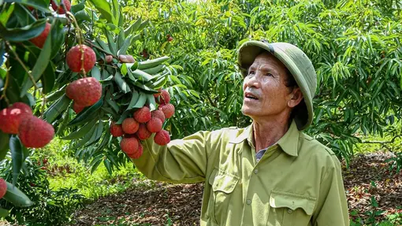



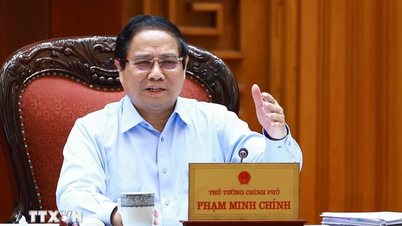

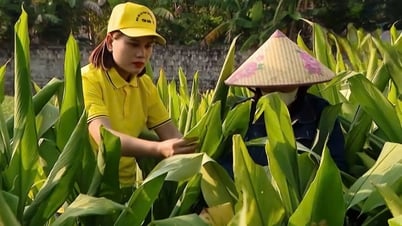



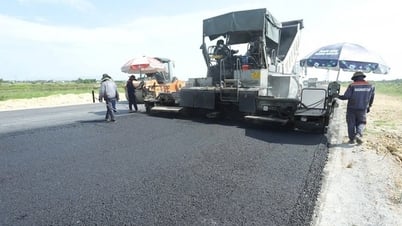
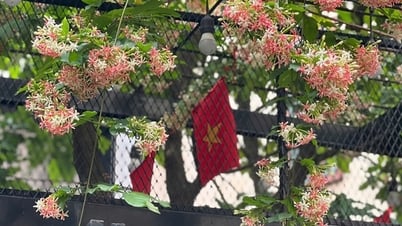














![[Photo] Discover the beautiful scenery of Wulingyuan in Zhangjiajie, China](https://vphoto.vietnam.vn/thumb/1200x675/vietnam/resource/IMAGE/2025/5/11/1207318fb0b0467fb0f5ea4869da5517)






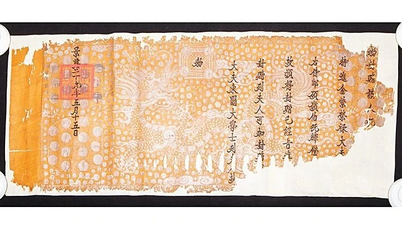











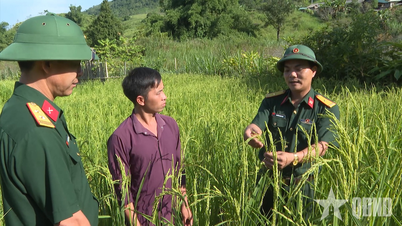









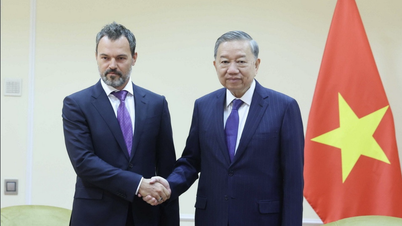



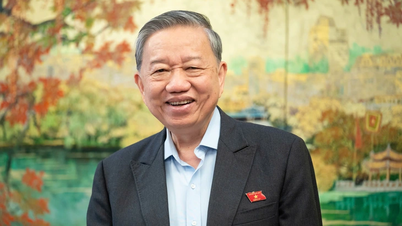














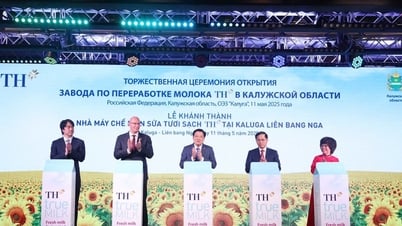



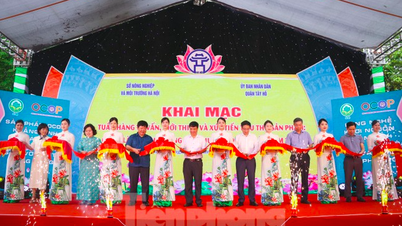


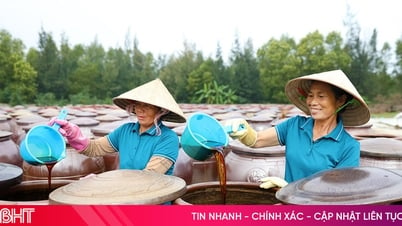



Comment (0)